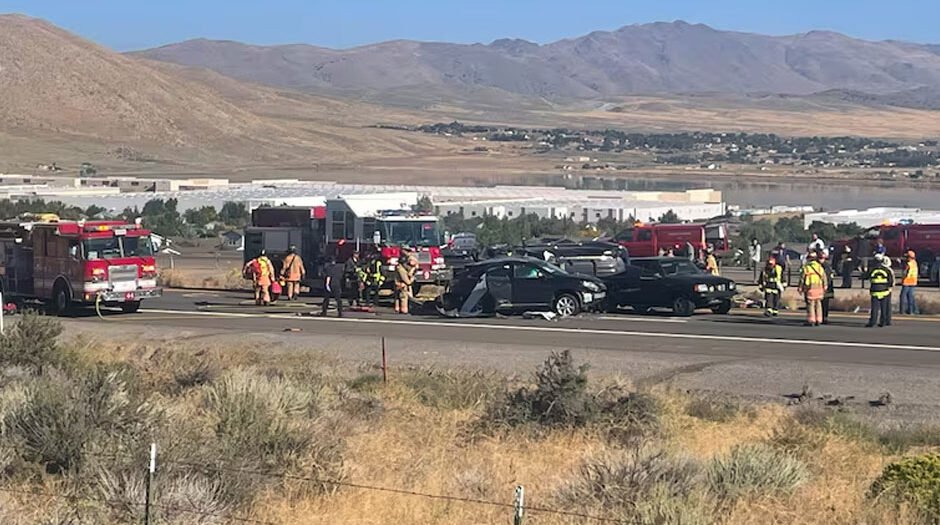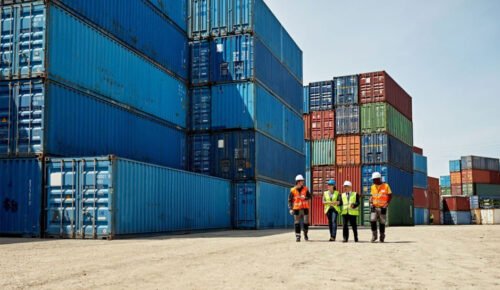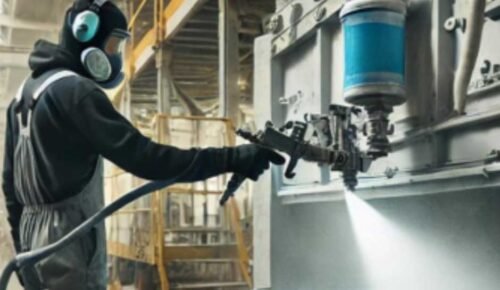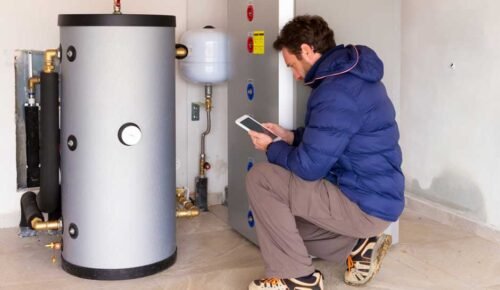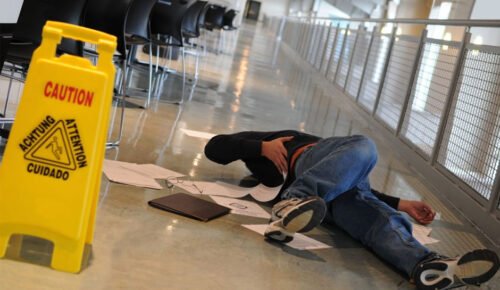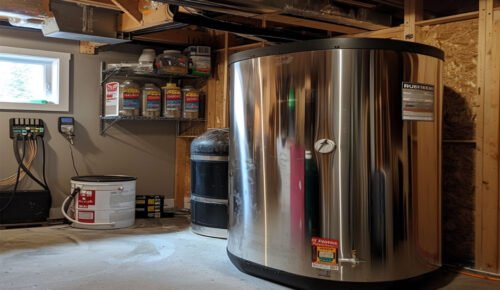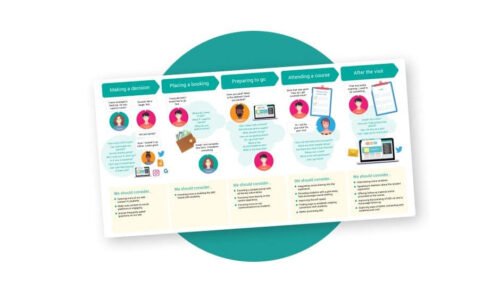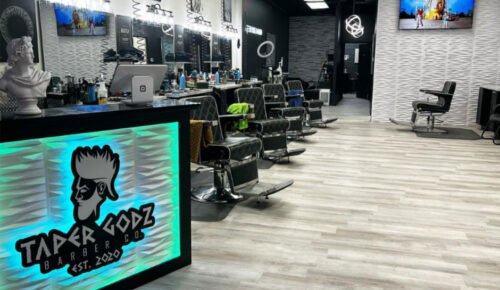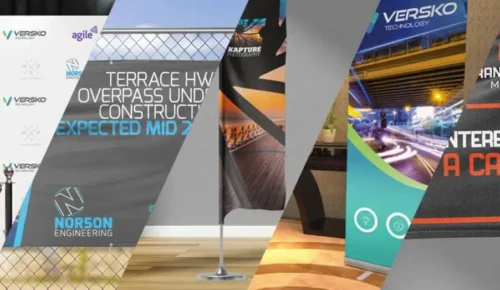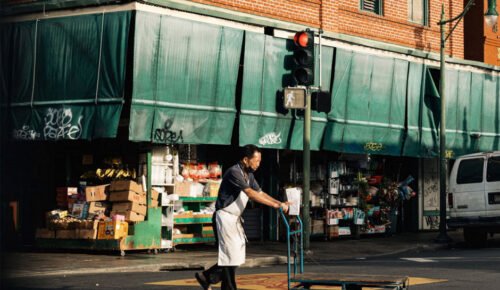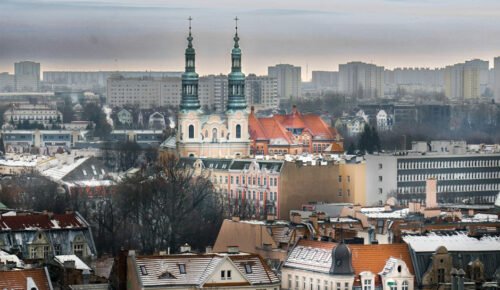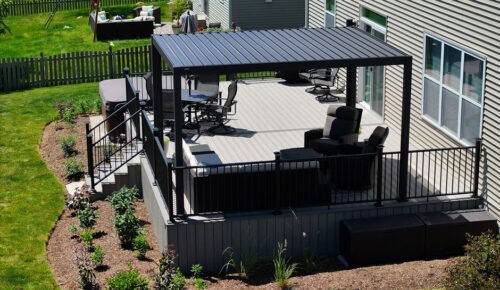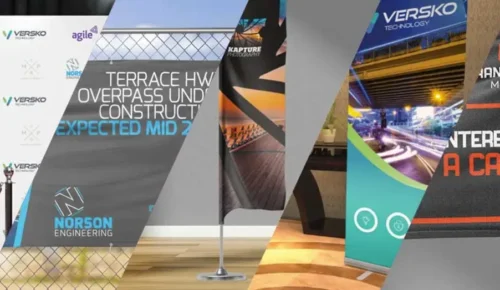Route 191, stretching through scenic landscapes and connecting various towns and cities, has unfortunately become a high-risk area for fatal crashes. The road’s unique characteristics, including sharp curves, steep grades, and narrow lanes, make it particularly challenging for drivers.
Additionally, increased traffic volume and extreme weather conditions exacerbate the dangers, leading to a higher incidence of accidents. Understanding these factors is crucial for implementing effective safety measures and preventing further tragedies on this hazardous stretch of road.
Road Design and Layout
Route 191’s design and layout significantly affect its high-risk status. The road features sharp curves, steep grades, and narrow lanes, which can be challenging for drivers to navigate, especially at high speeds. These sharp turns and steep inclines require more attention and skill from drivers, making it easy to lose control if proper precautions aren’t taken.
These design elements increase the likelihood of accidents, particularly for drivers unfamiliar with the road. Improving road design by widening lanes, adding guardrails, and straightening dangerous curves can help reduce the risk of crashes. Additionally, installing rumble strips can alert drivers when they are veering off the road, adding an extra layer of safety.
Increased Traffic Volume
Over the years, traffic volume on Route 191 has increased significantly, with more vehicles, including heavy trucks, using the road. This surge in traffic has led to congestion, particularly during peak hours and tourist seasons. The road is often a major route for local and long-distance travelers, compounding the congestion issues.
High traffic volumes can cause frustration and impatience among drivers, leading to risky behaviors such as tailgating, speeding, and unsafe overtaking. Implementing traffic management strategies and encouraging alternative routes can help alleviate congestion and reduce accident rates. Creating dedicated lanes for trucks and commercial vehicles can also help efficiently manage traffic flow.
Weather and Road Conditions
Route 191 is subject to extreme weather conditions, including heavy snowfall, ice, and rain, which can create hazardous driving conditions. Slippery roads and reduced visibility increase the risk of accidents, particularly for drivers unaccustomed to such conditions. Winter storms and sudden weather changes can turn a routine drive into a dangerous journey.
Regular maintenance, timely snow removal, and effective drainage systems are crucial for keeping the road safe during adverse weather. Providing real-time weather updates and warnings can also help drivers make informed decisions about travel. Equipping vehicles with proper winter tires and chains can also enhance safety during snowy and icy conditions.
Wildlife Crossings
The scenic nature of Route 191 means it often intersects with wildlife habitats, leading to frequent animal crossings. Collisions with wildlife, particularly larger animals like deer and elk, can result in severe accidents and fatalities. Wildlife is often more active during dawn and dusk, times when visibility is already compromised.
Installing wildlife crossing signs, building animal underpasses or overpasses, and using fencing to guide animals away from the road can help reduce wildlife-related accidents. Drivers should also be educated about the importance of being vigilant for animals, especially during dawn and dusk. Implementing motion-sensor lighting can also alert drivers to the presence of animals near the road.
Driver Behavior and Inexperience
Driver behavior is a critical factor in the high rate of fatal crashes on Route 191. Addressing these behaviors and improving driver education can significantly enhance road safety. Here are some key issues and potential solutions:
- Speeding: Excessive speed is a common cause of accidents on Route 191. Drivers often underestimate the dangers posed by the road’s curves and grades.
- Distracted Driving: Mobile devices and other distractions have become an increasing concern. Distracted drivers are less likely to notice and react to sudden changes in road conditions.
- Driving Under the Influence: Alcohol and drugs impair judgment and reaction times, leading to a higher risk of accidents.
- Tourist Inexperience: Many drivers on Route 191 are tourists unfamiliar with the road’s challenges, leading to mistakes and accidents.
Limited Emergency Response
The remote nature of parts of Route 191 can lead to delays in emergency response times, exacerbating the consequences of accidents. Limited access to medical facilities and emergency services can result in higher fatality rates. The golden hour, the first hour after a traumatic injury, is critical for saving lives, and delays can be fatal.
Improving emergency response infrastructure, such as strategically placed medical facilities and better communication systems, can help ensure quicker response times. Encouraging the use of technology, such as GPS and emergency apps, can also assist in locating and responding to accidents more efficiently.
Fatigue and Long-Distance Driving
Route 191 is often used by long-distance travelers, including truck drivers, who may experience fatigue after extended periods of driving. Fatigue significantly impairs reaction times and decision-making abilities, increasing the risk of accidents. Long stretches of road without rest areas can contribute to driver fatigue.
Promoting rest breaks, providing rest areas, and raising awareness about the dangers of driving while fatigued are essential measures to reduce fatigue-related accidents. Employers should also encourage commercial drivers to adhere to regulations regarding rest and driving hours. Implementing fatigue detection systems in vehicles can also alert drivers when they need to take a break.
Inadequate Signage and Lighting
Inadequate signage and poor lighting can make Route 191 even more dangerous, particularly at night or during inclement weather. Drivers may miss important warnings or fail to see obstacles in time to react safely. Intersections, sharp turns, and animal crossing areas need clear and visible signs.
Improving signage, adding reflective markers, and enhancing lighting in critical areas can help guide drivers more effectively and reduce the likelihood of accidents. Regular audits and maintenance of road signs and lighting are essential for ensuring their effectiveness. LED lights for better visibility and lower maintenance can also be a beneficial upgrade.
Seeking Legal Advice After a Collision on Route 191
If you have been injured in a motor vehicle collision on Route 191, it is essential to seek legal advice to protect your rights and receive proper compensation. The aftermath of an accident can be overwhelming, with medical bills, insurance claims, and potential legal issues to address. Consulting with a knowledgeable attorney can help you navigate the complexities of your case, ensuring you understand your options and receive the support you need during this challenging time.
Legal guidance is vital for securing the compensation you deserve and addressing any long-term impacts of the accident. An experienced car accident lawyer can assist in gathering evidence, negotiating with insurance companies, and representing your interests in court if necessary.
